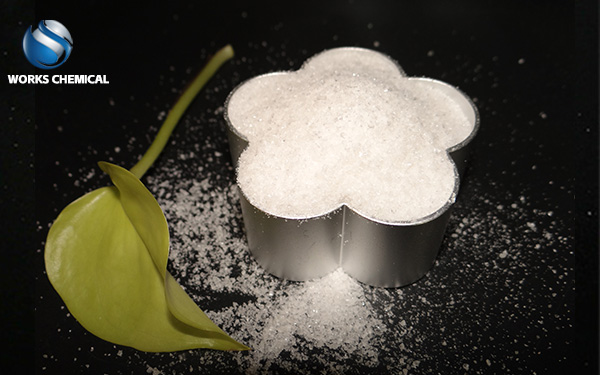
In the field of sewage treatment, the cost of sludge treatment accounts for 40% to 60% of the overall operating expenses, among which the dewatering process is the core pain point. The traditional plate and frame filter press process relies on chemicals such as lime, iron salts, and aluminum salts to regulate sludge, but it has problems such as large dosage of chemicals, significant increase in sludge volume, and severe equipment corrosion. In recent years, new compound agents represented by sludge efficiency enhancers have gradually emerged. Through the synergistic effect of multiple components, they have achieved a qualitative leap in sludge dewatering performance, providing a brand-new path for cost reduction and efficiency improvement in the industry.

I. Analysis of the Limitations of Traditional Pharmaceuticals
Lime system
Advantages: Low cost, capable of rapidly increasing the pH value of sludge, and destroying cell structure to release bound water.
Pain point: The increase of sludge by 30% to 50% leads to a rise in disposal costs. The equipment is seriously scaling and the maintenance cost is high.
Iron salt/aluminum salt system
Advantages: Good flocculation effect and can reduce the specific resistance of sludge.
Pain points: Strong corrosiveness to equipment, residual metal ions affect the resource utilization of sludge (such as incineration, building materials application).
Dependent on polyacrylamide (PAM)
Pain points: It needs to be used in combination with inorganic agents. Fluctuations in dosage can easily lead to turbidity of the filtrate, and the polymer chains are prone to failure due to pH and temperature factors.
Ii. Technological Breakthroughs in Sludge Enhancers: From "Single Conditioning" to "Multi-dimensional Optimization"
Charge neutralization and adsorption bridging
Cationic polymers rapidly neutralize the negative charges on the surface of sludge particles, forming macromolecular flocs. At the same time, they introduce long-chain structures to enhance bridging effects, significantly reducing the specific resistance of sludge.
Cell wall breaking and the release of bound water
Surfactants penetrate the cell membrane, disrupt the extracellular polymer structure and release bound water. Experimental data show that the enhancer can shorten the capillary water absorption time of sludge by 40% to 60%.
Optimization of filtration performance
By adjusting the pH value of the sludge to weakly alkaline, it promotes the dissolution of mineral components such as silicates, forms a porous skeleton structure, improves the air permeability of the filter cake, and shortens the filtration cycle by 20% to 30%.
Iii. Synergists vs. Traditional Pharmaceuticals: Performance Comparison and Actual Measurement
Note: DS represents the dry solid content. Although the cost per ton of sludge enhancer is slightly higher, the total life cycle cost can be reduced by 20% to 30% when considering the reduction of sludge volume, the saving of disposal fees and the maintenance costs of equipment.
Iv. Application Scenarios and Key Points of Implementation
Scope of application
Difficult-to-dewater systems such as municipal sludge (with a moisture content of 97%-99%), printing and dyeing sludge, and papermaking sludge.
It is necessary to be equipped with high-pressure dewatering equipment such as plate and frame filter presses and diaphragm filter presses.
Implementation process
Small-scale test/medium-scale test: The optimal dosage is determined through indicators such as CST and SRF (usually 0.5-1.5kg/t DS).
Conclusion
The promotion of sludge enhancers marks the transformation of sludge dewatering technology from "extensive chemical dosing" to "precise process control". Through collaborative innovation in pharmaceuticals, processes and equipment, the industry is expected to achieve breakthroughs in four dimensions: cost reduction, volume reduction, quality improvement and low carbon emissions, providing key technical support for the construction of "waste-free cities".